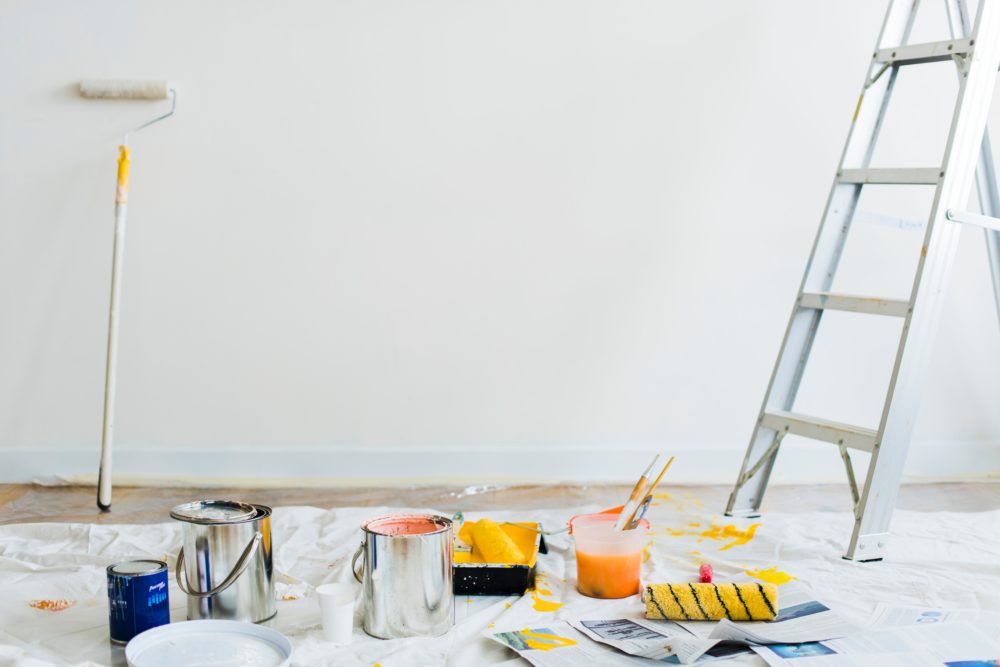
A few months after their daughter was born in May 2018, Erik and Ashley Cabrera had to move out of the house they were renting in Clarksville, Tennessee. They wanted to buy a home, but $60,000 in student debt and unexpected medical expenses made it out of reach.
“We are still renting,” Erik Cabrera said. “We like it here, but you can never entirely make the house your own. So we don’t really spend any money on it.”
Economists say they are concerned that the low rate of homeownership among millennials could have a negative impact on the home improvement industry in the future, which could be bad news the economy.
“When you buy a home, you create a lot more spending and buy more goods,” said Stan Shipley, an economist at Evercore ISI.
Americans spent nearly $450 billion on home improvement projects from 2015 through 2017, according to the most recent American Housing Survey from the U.S. Census Bureau. They undertake tens of millions of home improvement projects annually, from replacing roofs and windows to remodeling kitchens and bathrooms, and generated 2.2 percent of the total national economic activity in 2017.
“Remodeling is a significant part of the national economy as we think of it,” said Abbe Will, a research associate at Harvard University’s Joint Center for Housing Studies and lead author of the center’s Improving America’s Housing report released last week.
Getting a college degree and buying a home is something many Americans aspire to. But student loan burdens are barring many millennials, like the Cabreras, from homeownership. Cabrera, 26, works for the local campus ministry, and his wife Ashley, 24, is a creative consultant coordinator with the state’s department of environment and conservation.
“We want to get rid of our debt, so we are focusing on saving more,” Cabrera said. “I think we could pay it off in 10 years, possibly.”
Most millennials have entered peak homebuying years, but they are becoming homeowners later and at lower rates than Generation X and the baby boomers before them. High student debt and lack of affordability in the housing market are two of the many reasons. Will said she and her colleagues at the Joint Center for Housing Studies will study how millennials affect the home improvement industry over time.
“If younger households could buy homes more easily, they would, likely,” said Will. “It is a concern and we want to see how much the market will be held back because of the lower activity among millennials, and their lower ability to become homeowners and active on the home improvement market.”
Even though the millennials are not yet a big customer base for the home improvement and repairs, the industry has seen steady growth over the last years. The slowdown in price growth on the housing market has benefited it, as many home owners decide to fix up and repair rather than sell and move out. Mobility rates are stalling, indicating that many lacks the ability to upgrade, downsize or move to another city.
“The baby boomers are a large cohort active on the home improvement market, and the millennials are way behind,” said Ryan Sweet, director of real-time economics at Moody’s Analytics. “Millennials are starting families and buying homes later, but they are hitting homeowner age and are acting like many of the past generations in the sense that they, too, aspire to buy a home.”
At Overstock Warehouse in Pittsburgh, Alex Goline said he rarely has young customers visiting his home improvement store, and that only one out of ten customers would be under the age of 25.
“When a few younger people do show up, most of them struggle to buy things and are always looking for discounts or deals. Most people I deal with are older people, and they buy things anyway.”
